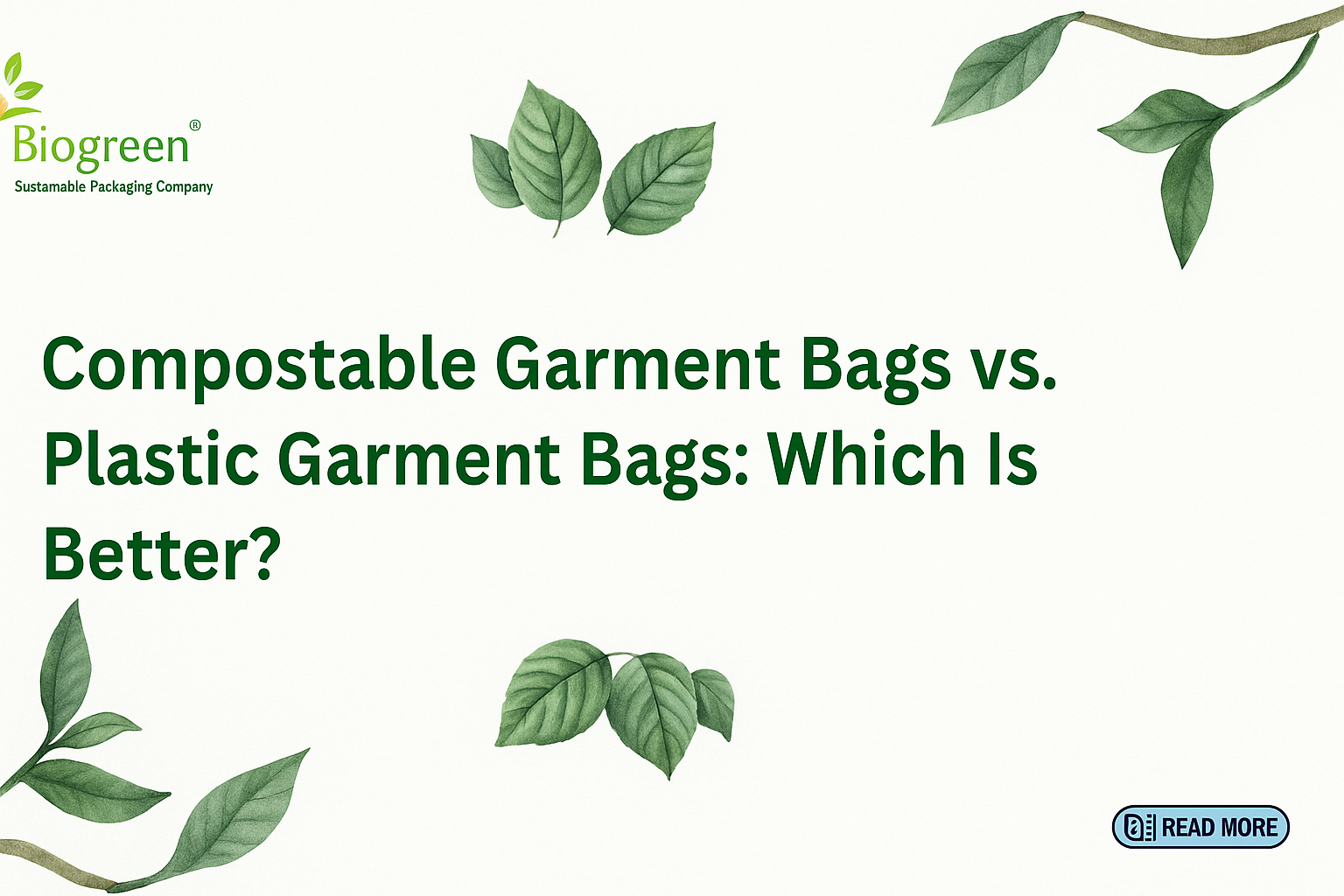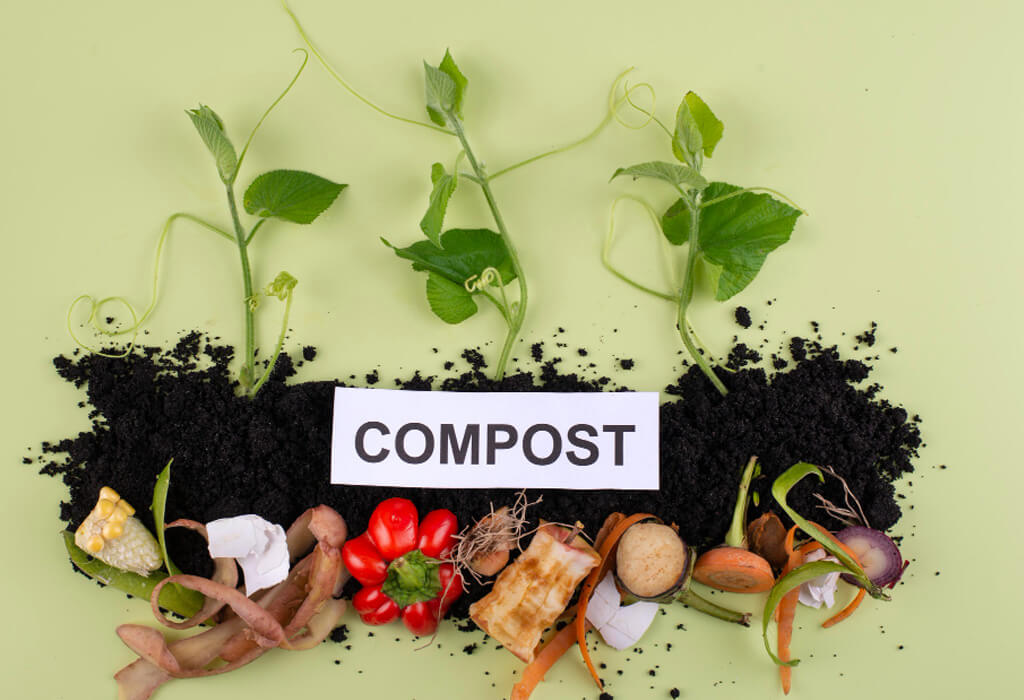Introduction
Garment bags are essential for protecting clothes from dust, moisture, and potential damage. They’re commonly used in dry-cleaning services, retail stores, and garment manufacturing units.slot gacorslot thailandslot gacor 4dslot qrisgacor4dslot gacortoto slotgacor4d
Traditionally, these bags were made of plastic due to their affordability and durability. However, the growing environmental crisis has sparked a shift toward sustainable alternatives. One such innovation is the compostable garment bag, an eco-friendly option that’s gaining popularity. So, how do they stack up against conventional plastic? Let’s explore. toto slot totoagung toto slot idn togel rtp live situs slot gacor gacor4d slot garansi kekalahan totoagung2 slot qris slot thailand slot online sbobet88 toto slot slot 4d slot mahjong idn slot gacor4d toto slot amintoto situs toto gacor4d totoagung2 toto slot gacor4d totoagung2 spaceman slot gacor4d totoagung
What are Compostable Garment Bags?
A compostable garment bag is typically made from renewable, plant-based materials like cornstarch, polylactic acid (PLA), and PBAT. These materials allow the bags to break down naturally under composting conditions, leaving behind zero toxic waste.
They are designed to offer the same functionality as plastic bags—protecting clothes from dust, moisture, and damage—while being much kinder to the environment. Many businesses are now adopting compostable garment bags as part of their shift toward sustainable packaging solutions.
Benefits of Compostable Garment Bags:
- 100% biodegradable and compostable: These bags decompose within 3 to 6 months under proper composting conditions.
- Eco-conscious design: Unlike plastic, these bags reduce landfill burden and help fight pollution.
- No harmful microplastics: Once decomposed, they leave behind only organic matter, contributing positively to the soil.
- Supports sustainable business models: More brands are switching to Compostable Carry Bags to showcase their commitment to the environment and attract eco-aware customers.
These bags also pair well with other earth-friendly packaging materials like biodegradable bubble wrap for a complete, sustainable shipping solution.
What are Plastic Garment Bags?
What are Plastic Garment Bags?
Plastic garment bags are generally made of polyethylene (PE), a by-product of petroleum. They’re cheap, widely used, and strong—but that convenience comes at a significant environmental cost.
These bags are commonly used in dry cleaners, clothing retail, and shipping due to their lightweight and transparent nature, which makes it easy to display garments while keeping them dust-free. However, their non-biodegradable composition means they persist in the environment for decades, contributing heavily to pollution and climate change.
Drawbacks of Plastic Garment Bags:
- Non-biodegradable: Plastic bags may take centuries to break down.
- Microplastic pollution: They often degrade into microplastics that contaminate land and waterways.
- Harmful to wildlife: Animals frequently mistake plastic for food, leading to serious health issues or death.
- Recycling challenges: Most plastic bags don’t get recycled due to contamination or lack of infrastructure, and often end up clogging landfills or oceans.
For packaging needs that go beyond clothing, switching to options like a biodegradable courier bag can significantly reduce plastic dependency across industries.
Plastic vs. Compostable Garment Bags: The Key Differences
| Feature | Plastic Garment Bags | Compostable Garment Bags |
| Material | Petroleum-based polyethylene (PE) | Plant-based (cornstarch, PLA, PBAT) |
| Decomposition Time | 100+ years | 3–6 months in composting environments |
| Environmental Impact | Pollutes oceans & landfills | Breaks down naturally without residue |
| Recyclability | Hard to recycle | Fully compostable |
| Cost | Cheaper short-term | Slightly higher, but eco-friendly |
Today, many dry cleaners and clothing retailers are embracing these new packaging practices by opting for compostable options to reduce their carbon footprint.
Conclusion
In a world that’s becoming increasingly conscious about sustainability, compostable garment bags stand out as a responsible and future-forward choice. They decompose naturally, cause no pollution, and align well with zero-waste goals.
While plastic garment bags might seem like a cheaper choice upfront, their long-term environmental cost is staggering. By making the shift to compostable alternatives, businesses and individuals can make a real difference.
If you’re already using compostable garment bags, consider extending your efforts with other eco-packaging options like Compostable Garbage Bags for household waste or biodegradable disposable glasses for events and gatherings.
FAQs
What material is best for garment bags?
From a sustainability perspective, plant-based materials like cornstarch and PLA are ideal. They’re used to make compostable garment bags that are not only functional but also environmentally safe.
Are compostable garment bags better than plastic ones?
Absolutely! Compostable bags break down into organic matter, don’t produce harmful residues, and help reduce the world’s microplastic problem.
What are 100% compostable garment bags made of?
They are made from renewable, bio-based materials such as PLA, PBAT, and cornstarch—similar to the ones used in compostable carry bags and other green packaging products.









